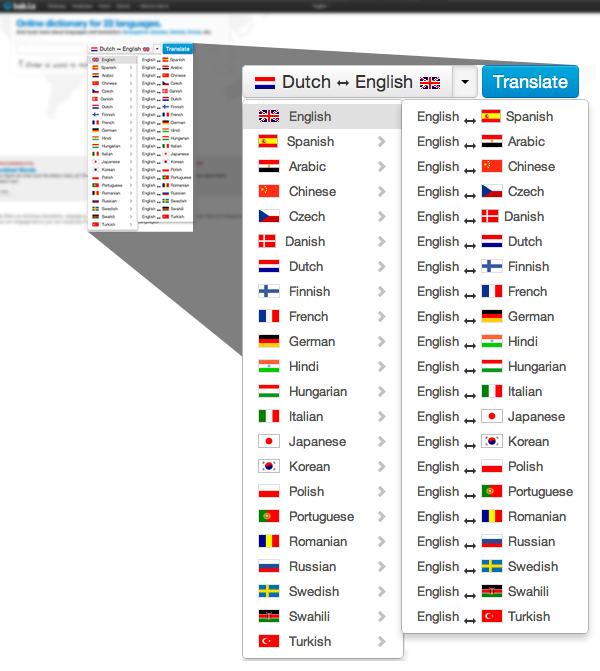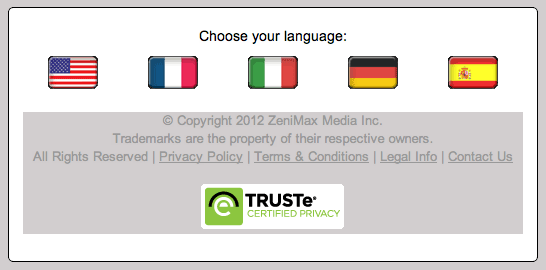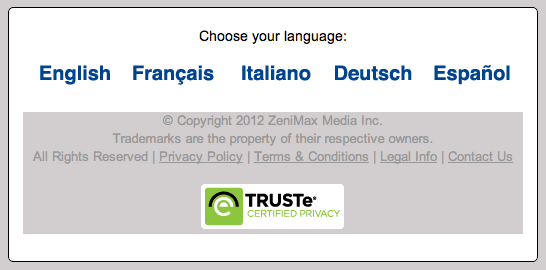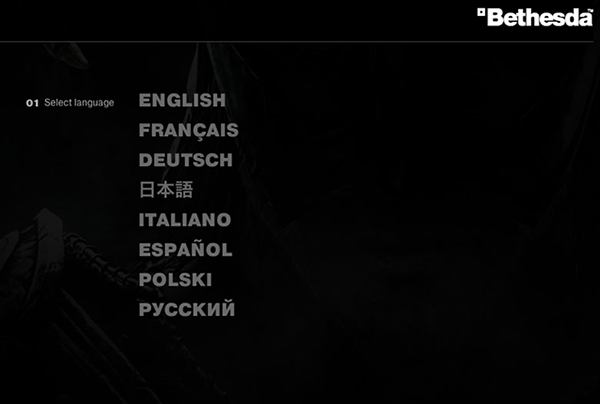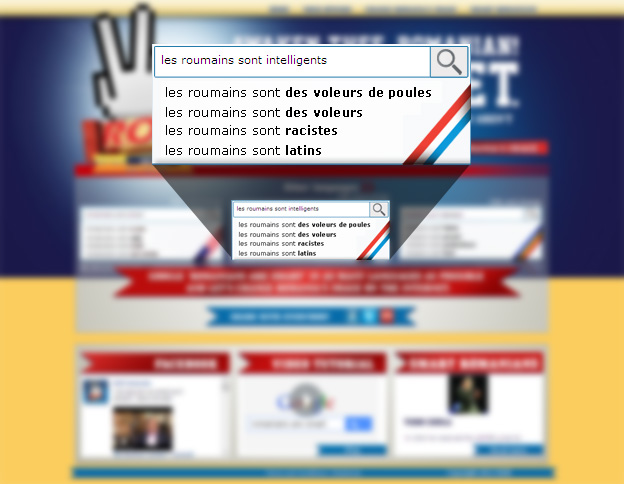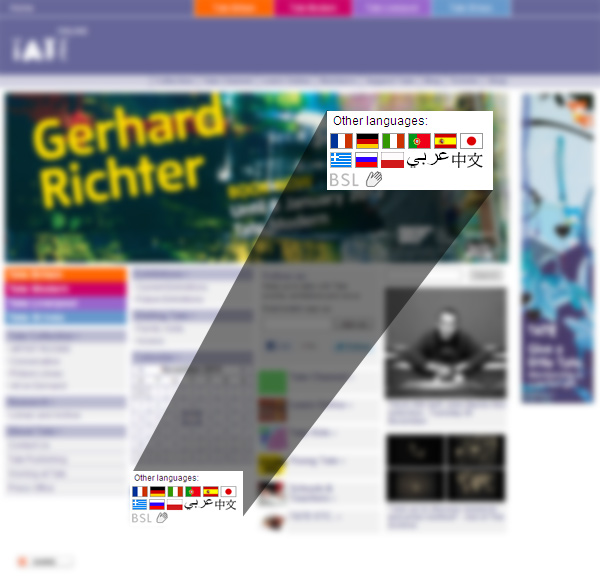memegenerator.net really does what it says on the box: lets users generate memes with a variety of templates.
But it has a really annoying feature: you must select a language (English, Russian, Spanish or other) first. If you don’t select a language, an alert pops up with a meme demanding “Y U NO SELECT LANGUAGE?” — see what they did there? Meta-meme!
This sort of validation is incredibly annoying. And for what point? Does this have to do with special characters? Considering you can paste Spanish and Russian text and select “English” and still get a correctly rendered image, it appears not:

The only reason I can think of for this is to save the meme and present it on different language sections of the website. That’s solely for the benefit of the site and not for the user. So it still remains an awful user experience (and not to mention the use of flags for languages).
A far better experience would be simply defaulting the meme language to whatever language the site is currently being viewed in and allow users to switch between English, Russian and Spanish. If a Russian user arrives on the site in English, wouldn’t they prefer the Russian language version? There’s even a language switcher at the bottom.
It’s a great example of a bad way to overcomplicate language selection.


